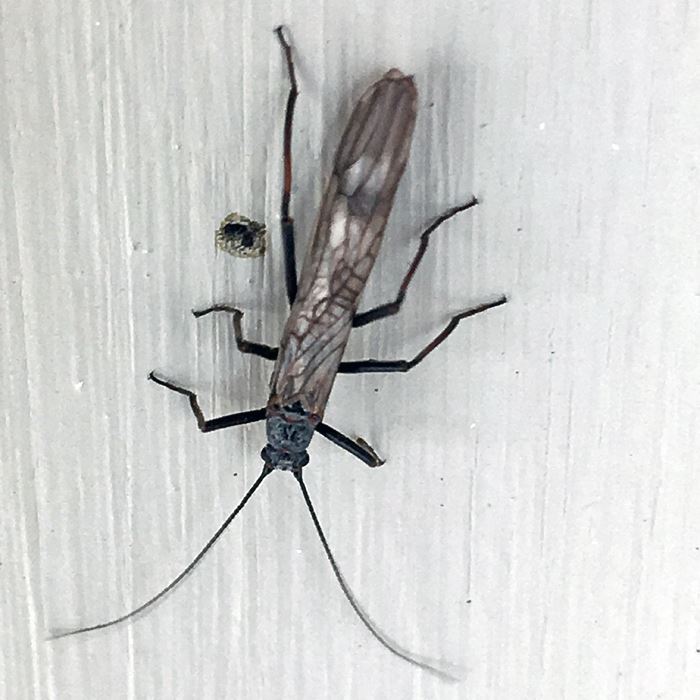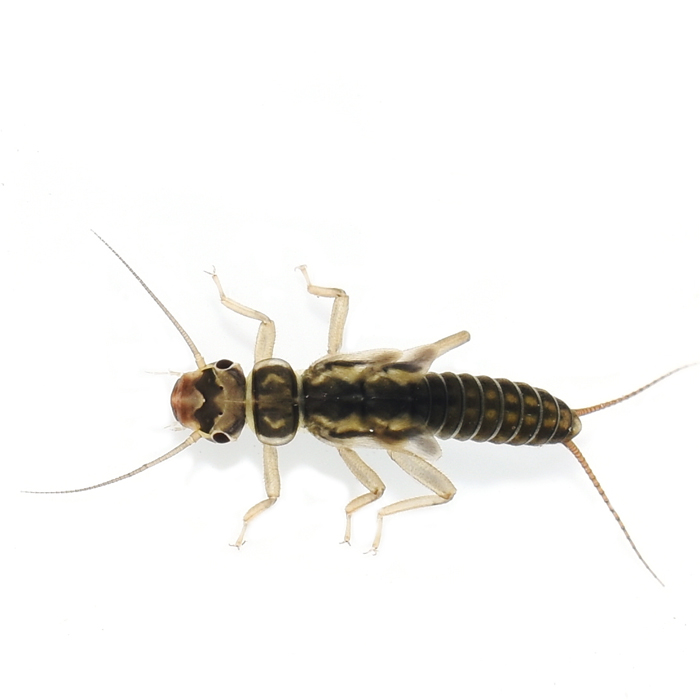Season of the Stoneflies

By Karen Menard
The stonefly's time to shine happens when temperatures drop.
When icy chills permeate the air, river water cools, and dissolved oxygen levels reach their peak in the Maumee, winter stoneflies tucked away in their rocky, limestone beds, finally rouse from their drowsy summer stupor. Biologically equipped with natural antifreeze compounds like glycerol, they awaken and benefit from their special adaptations by not freezing to death. For a winter stonefly, the cool season is its ideal time to thrive -- a time when most other insects have vanished from the landscape.
Dwelling patiently beneath the water’s surface as nymphs for one to two years, winter stoneflies survive on algae or plant detritus and then emerge as adults in the winter or early spring. Each adult female will lay thousands of eggs which are deposited directly into the river.
Basically, a stonefly lifecycle is built upon the availability of clean water; therefore, the insect itself is an excellent measure of stream health. Being susceptible to pollution, this insect’s lifecycle can only be completed successfully in a clean, well oxygenated waterway.
In these same waterways, fish find stonefly nymphs dee-lec-ta-ble! In fact, this is one, important group of aquatic morsels that walleye love to feast on.
Did you know?
During courtship, male stoneflies call females by rhythmically drumming their abdomen on a perch or the ground. Inaudible to the human ear, but not to a female stonefly, who communicates or responds by drumming back.
Best opportunities for viewing the adults occur as they are climbing out of the water across the riverbanks to perch, molt, dry off and eventually take short flights.
--
Photos: Top: Adult stonefly (Karen Menard) March, 2023 at Side Cut. Stonefly nymph (stock photo)
